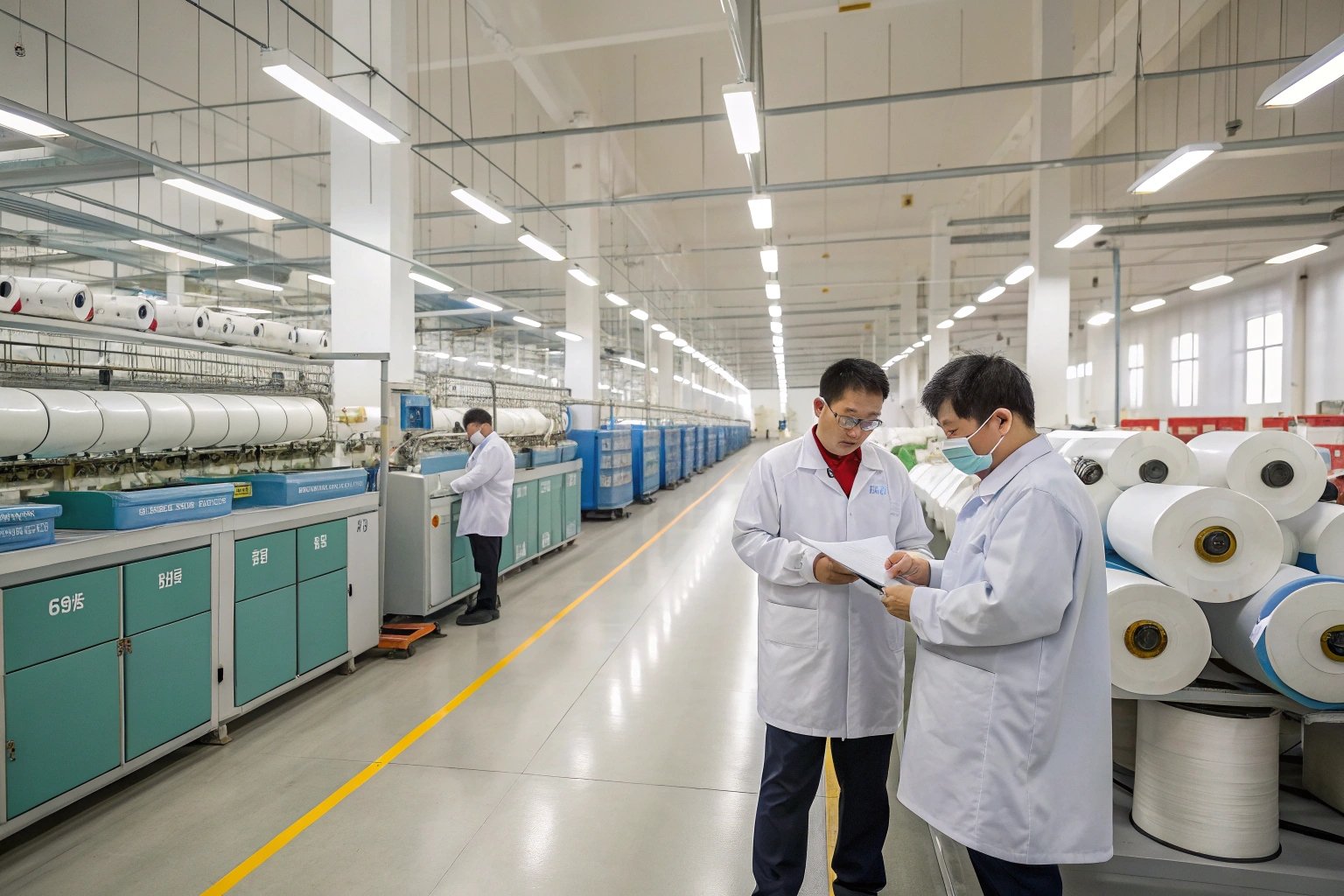When sourcing sustainable fabrics, buyers often encounter two popular cellulose-based textiles: Modal and Tencel™. Both are praised for comfort, softness, and eco-friendliness, yet they serve different needs in fashion and home textiles. So how do they actually differ—and which one is right for your business?
Modal and Tencel™ differ in fiber source, feel, strength, and sustainability. Tencel™ (Lyocell) is smoother, more eco-friendly, and stronger; Modal is softer, more stretchable, and preferred in underwear and loungewear.
If you're deciding between the two for your next collection or product line, don’t rely on guesswork. Understanding their manufacturing process, end use, and supplier availability can make or break your final product's performance and appeal.
What is the fiber origin and production process?
Modal and Tencel™ are both made from natural sources, but processed differently. These differences impact their texture, strength, and sustainability—a key concern for modern fabric buyers.
Modal is made from beech trees through a chemical-heavy process, while Tencel™ (Lyocell) uses eucalyptus in a closed-loop process that’s more eco-friendly.
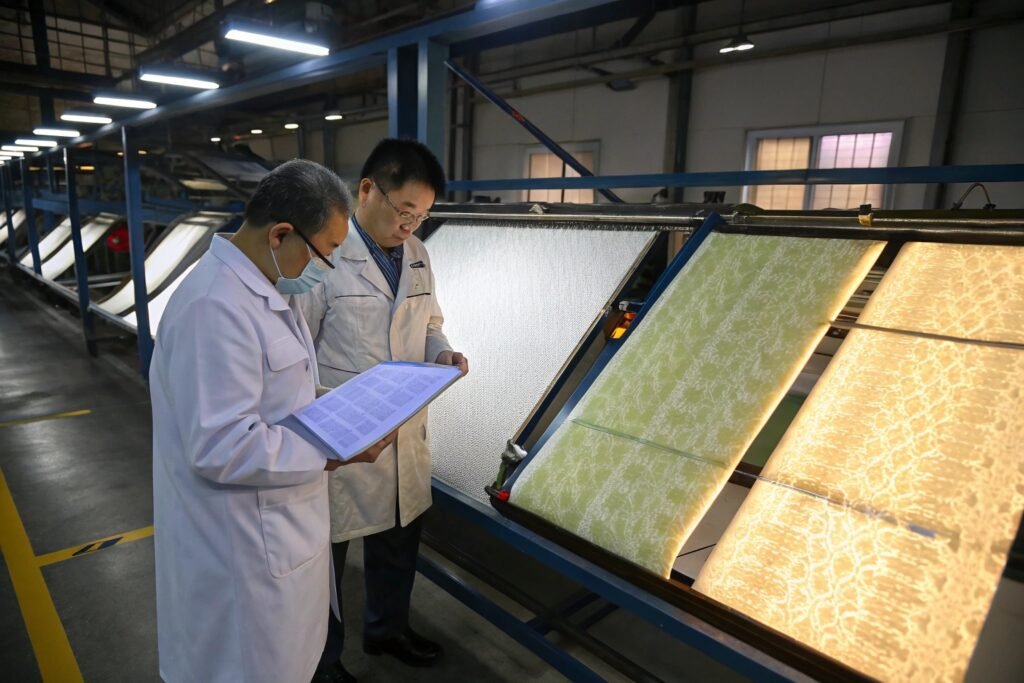
How is Modal produced?
Modal is typically derived from European beech trees using a modified viscose process. The wood pulp is chemically treated, spun into fibers, and then woven or knit into fabric. Although softer than conventional rayon, the production of Modal still relies on chemicals like sodium hydroxide and sulfuric acid.
This method produces luxurious softness, making Modal ideal for intimates and lightweight activewear. However, it’s worth noting that Modal doesn’t always meet the highest eco-standards, unless certified by trusted bodies like OEKO-TEX.
How is Tencel™ made?
Tencel™, or branded Lyocell, is produced primarily from eucalyptus wood, which grows quickly and needs less water. What sets it apart is the closed-loop production system. This method reuses more than 99% of solvents, making Tencel™ far more sustainable than Modal.
As explained by Textile Exchange, Tencel™ is considered one of the most environmentally responsible fibers in the industry. It also tends to be stronger, more absorbent, and has a smoother surface, making it suitable for both performancewear and luxury garments.
Which fabric is softer, stronger, and more durable?
Buyers often ask whether Modal or Tencel™ is more durable, particularly when considering wash cycles, pilling, and wear-and-tear. Each has advantages in specific use cases.
Tencel™ is stronger, especially when wet, while Modal is softer and stretchier. Choose based on garment type and expected performance.
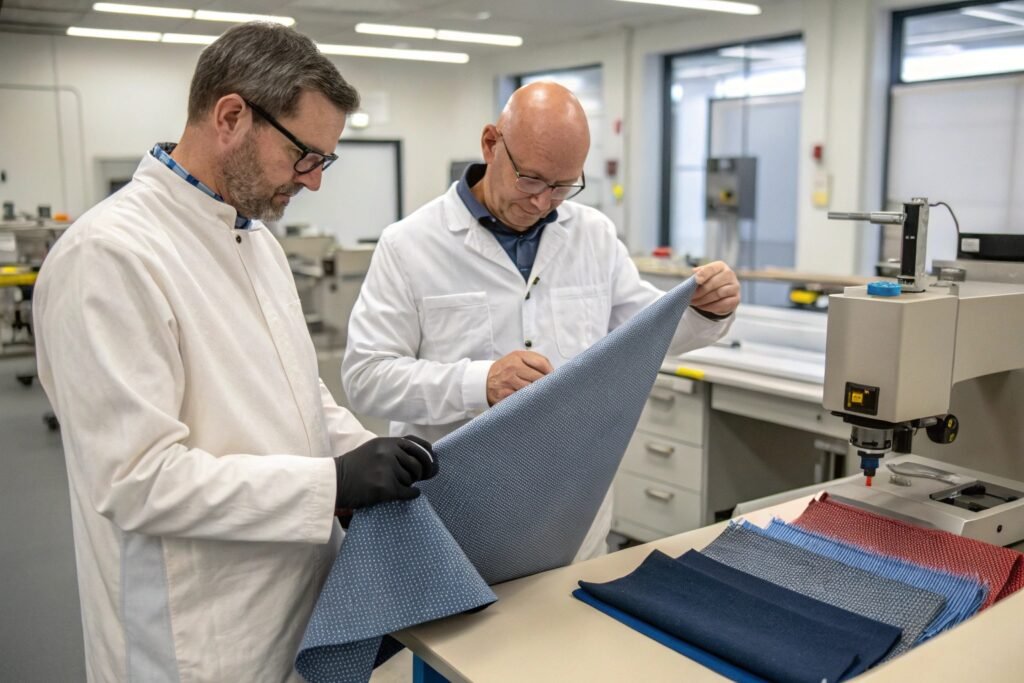
Is Modal softer to the touch?
Modal is often marketed as "buttery-soft." Its fibers are finer and more flexible, resulting in a silky texture. That’s why you’ll frequently find Modal in luxury pajamas, loungewear, and intimate apparel.
According to CottonWorks, Modal can hold color exceptionally well and feels light against the skin. However, it is slightly more prone to pilling and shrinkage over time.
Is Tencel™ more durable?
Yes, Tencel™ Lyocell has superior strength, particularly in wet conditions. This makes it ideal for activewear, home textiles, and blends that require repeated washing. It also resists wrinkling better than Modal and rayon.
Backed by Lenzing AG’s certification, Tencel™ also undergoes less fabric shrinkage and maintains its smooth surface after laundering, making it popular in fashion pieces that require a crisp look.
Which fabric is more sustainable and eco-certified?
Sustainability is now a major purchasing factor for both B2B and B2C buyers. Understanding which fabric has a smaller environmental footprint is key to making responsible choices.
Tencel™ leads in sustainability, using less water, energy, and chemicals. Modal’s environmental score depends heavily on the manufacturer’s practices.
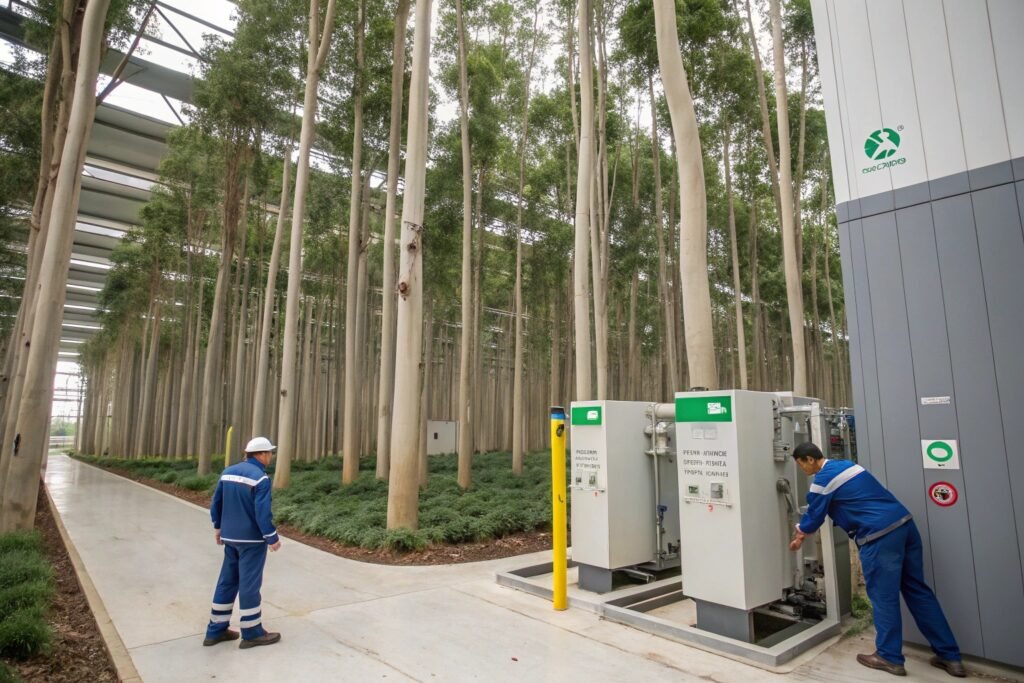
What makes Tencel™ eco-friendly?
Tencel™ is produced using Lenzing’s closed-loop solvent system, which recycles water and non-toxic solvents. The source material, eucalyptus, is harvested from FSC-certified forests, ensuring minimal ecological disruption.
Moreover, Tencel™ carries certifications from EU Ecolabel and OEKO-TEX Standard 100, and its fibers are biodegradable and compostable under industrial conditions. This makes it a leading choice for brands focused on sustainable textiles.
Is Modal less sustainable than Tencel™?
While Modal is also derived from renewable resources, its chemical-intensive processing makes it less sustainable overall—unless it is Lenzing Modal, which follows stricter environmental controls.
For comparison, traditional Modal uses more energy and emits more waste than Tencel™. Still, when sourced from reputable mills (like those we partner with), Modal can be ethically and responsibly produced, especially when certified by PEFC or similar programs.
What are the applications and sourcing options for buyers?
Now that the technical and environmental differences are clear, it’s time to consider practical sourcing. Depending on your product line, you’ll need to match fiber properties to function—and locate the right suppliers.
Use Modal for comfort-oriented pieces; choose Tencel™ for strength and eco appeal. Both are readily available through Chinese manufacturers like us, with flexible MOQs.
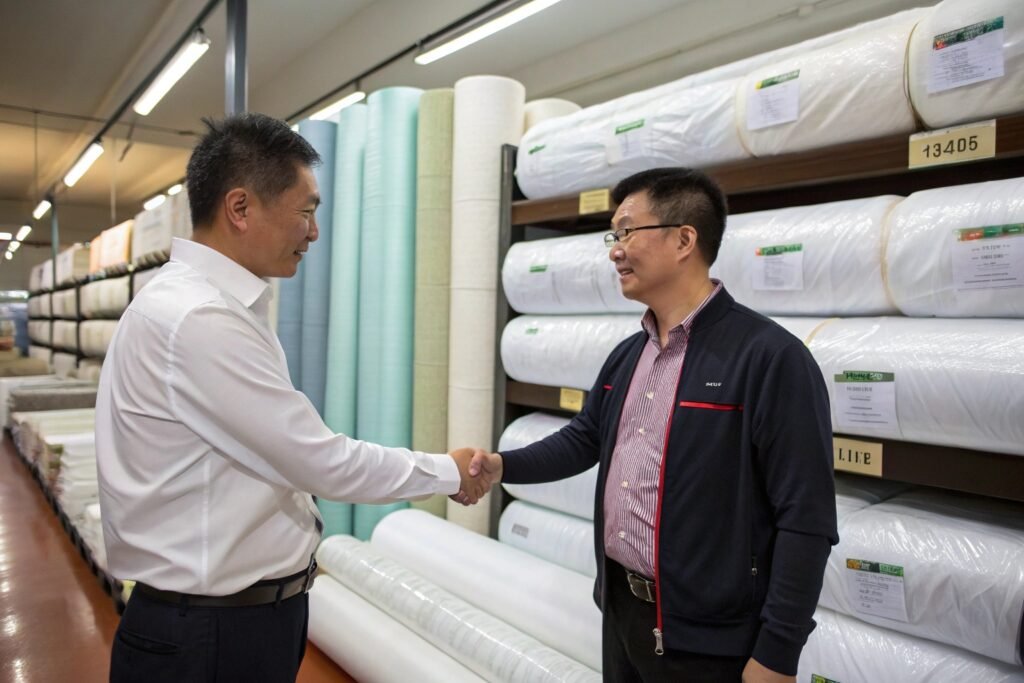
Where is Modal most commonly used?
Modal is best for products that prioritize softness and drape. Common applications include:
- Underwear
- Pajamas
- Yoga pants
- T-shirts
With our extensive Keqiao mill partnerships, we offer low-MOQ custom Modal blends in various weights and colors. For U.S. clients, we also provide pre-inspection reports and packaging support for Modal fabric exports.
Explore suppliers via Alibaba or streamline directly with certified mills like ours in Zhejiang, where vertical integration enables faster lead times.
What products benefit most from Tencel™?
Tencel™ is often chosen for high-end fashion, home décor, and performancewear. Key applications include:
- Luxury dresses
- Bed sheets and linens
- Stretch trousers
- Eco-activewear
Thanks to our own coating, dyeing, and embroidery lines, we can finish Tencel™ with wrinkle-free, waterproof, or antibacterial treatments—perfect for elevated functional design.
Buyers also favor Tencel™ when meeting the growing demand for GOTS-compliant or biodegradable fabrics in the EU and U.S. markets.
Conclusion
Both Modal and Tencel™ fabrics offer value to brands looking for comfort and sustainability. Modal stands out for its softness and affordability, while Tencel™ leads in strength, eco-certifications, and versatility. At Fumao Fabric, we source both from trusted supply chains and provide flexible customization, quality control, and global shipping. Whether you're building a sustainable loungewear line or scaling functional activewear, choosing the right fabric partner matters more than ever.

